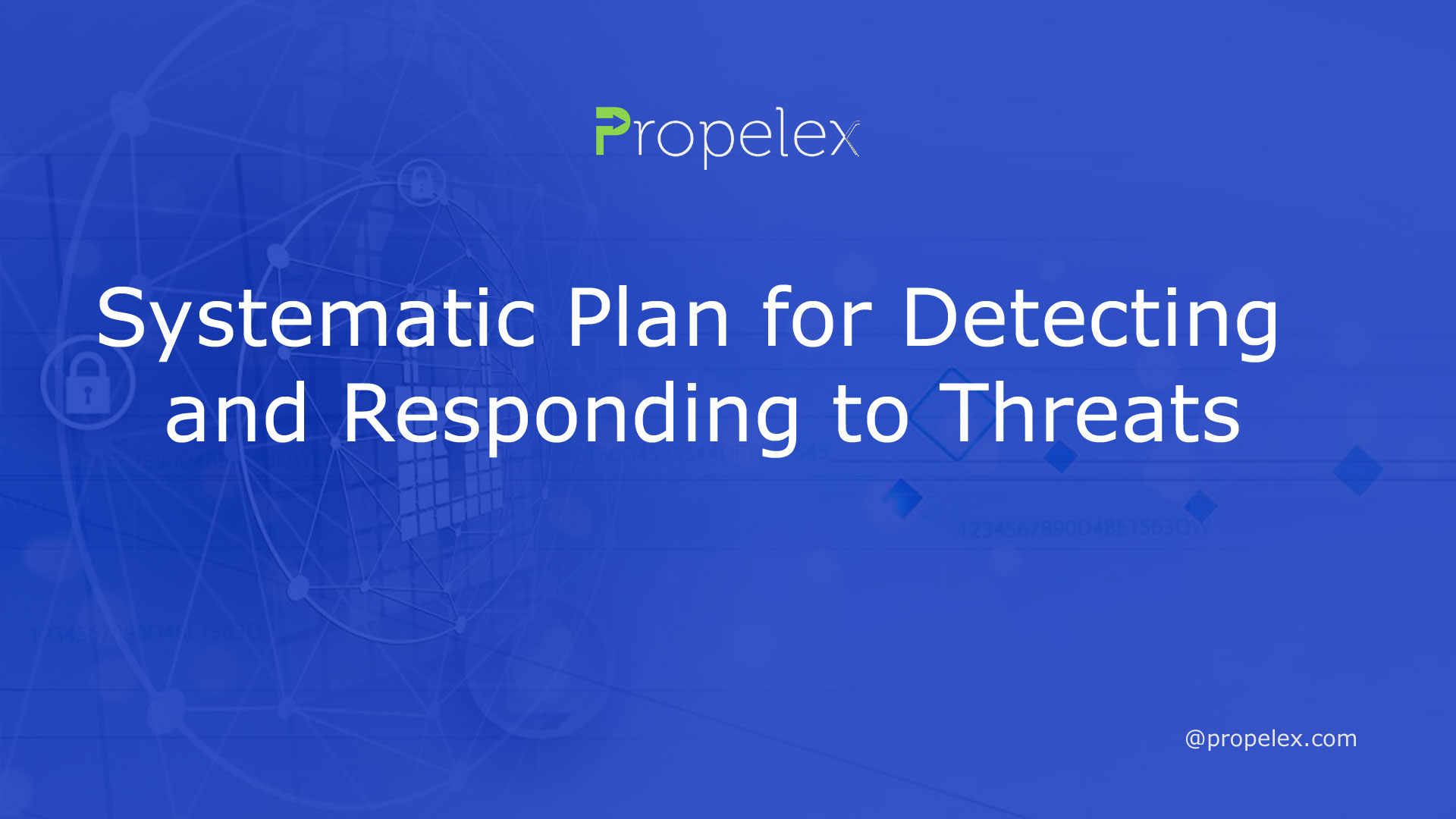Security and business departments that have multiple clients and employees must create a systematic plan for detecting and responding to threats in order to be aware of any potential hazards your business could be exposed to. This article offers four key suggestions on how you can enhance your strategy using modern technology while still protecting your company effectively.
Endpoint Detection and Response (EDR)
If your business is facing threats, you might want to invest in a security solution with endpoint detection and reaction (EDR). With the correct tools, you can protect employees and your company from various cyberattacks.
EDR gives your team the power to respond immediately to threats. It uses data gathered from devices at the endpoint to detect and stop attacks, as well as providing forensic analysis so you can better comprehend how they occurred.
EDR solutions are invaluable for all businesses. They give a complete picture of an attack’s path and enable businesses to make an informed decision regarding what action should be taken next.
EDR can restore your system back to the state it had before infection and identify and examine suspicious files. If an EDR detection of a file indicates there may be an existing vulnerability, EDR will take immediate action to address it.
Hybrid Approach
In order to detect threats, security professionals need a deep comprehension of what constitutes legitimate security risk. Furthermore, they must comprehend their system’s operation and potential attacks. Furthermore, they need an emergency strategy in place in case an attack does take place.
Effective security measures must quickly detect and stop unknown risks. While machine learning has its place in the security world, it cannot replace a human-evaluator trained to a certain degree. Instead, it should be utilized alongside signature-based detections.
This paper proposes an innovative hybrid security method that utilizes both dynamic and static analysis. This approach enhances the classification efficiency of traditional intrusion detection systems (IDSs).
Machine Learning
Machine learning is an indispensable resource for the detection of threats. It enables businesses to respond faster to incidents without human intervention, and has also shown efficacy in deterring cyber-attacks and multiple attacks alike.
Machine learning is an efficient method for automating security processes, such as triaging intelligence, malware analysis and network log analysis. It could even be employed to detect suspicious user behavior.
Numerous cybersecurity companies have implemented machine-learning techniques to combat cyberattacks. In one instance, this technique enabled detection of WannaCry ransomware within seconds after it gained access to NHS security agency networks.
It can also detect cyberbullying and data breaches. By automatically detecting who is most likely infected, and sending alerts when a threat is identified, this software helps detect cyberbullying and breaches in real time.
Applications have become an ideal target for criminals.
Applications are an essential element of security. Web and email applications in particular are particularly vulnerable to attack due to their handling of sensitive customer and user data. A successful attack can have a far-reaching impact on companies.
Cybercriminals often employ targeted attacks to uncover weaknesses. Their motivations range from political and financial gain to skill development and personal advancement.
Attacks typically target web browsers, email clients, office suites, content management systems and media players because these industries handle vast amounts of sensitive information that makes them prime targets. Healthcare institutions in particular are particularly vulnerable due to the amount of processed sensitive data.
Cybercriminals often create malware that is hidden within other applications. These applications monitor events and respond to preprogrammed triggers in an effort to bypass detection by antivirus software.









